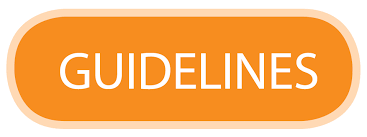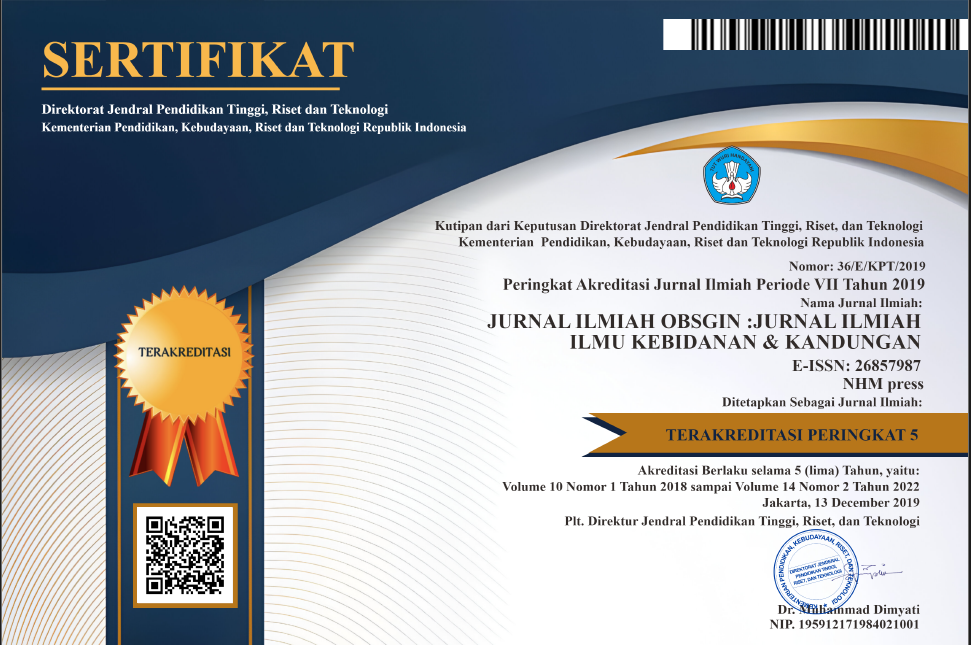Analysis Correlation Diet and Physical Activity with The Incidence of Wet Dreams (Nocturnal ejaculation) in Adolescents at SMPN 1 Kendari
Abstract
Adolescence is the time when a boy begins to enter puberty. Puberty is a sign that a boy begins to mature, one of which is characterized by the occurrence of wet dreams. Many factors influence the occurrence of wet dreams such as diet and physical activity. This study aims to determine the relationship between diet and physical activity with the incidence of wet dreams (Nocturnal ejaculation) in adolescents at SMPN 1 Kendari. The population of this study were male students in grades VII and VIII of SMPN 1 Kendari, totaling 188 people. The sampling technique was Proportional Stratified Random Sampling so that a sample of 128 respondents was obtained. Data collection techniques were carried out by analytic survey through a cross sectional approach. Data analysis techniques using Kendall Tau correlation coefficient test. The results showed that the diet of students in the good category was 9 respondents (7%), 98 respondents (77%) in the moderate category, 21 respondents (16%) in the poor category, and 13 respondents (10%) in the high category, 94 respondents (74%) in the moderate category, 21 respondents (16%) in the low category. The conclusion of this study is that diet and physical activity are related to the incidence of wet dreams (p < 0.05), this is because the better the diet and physical activity of a person, the faster the occurrence of wet dreams.
References
Dartiwen., dan Aryanti, M. 2022. Asuhan Kebidanan pada Remaja dan Perimenopause. CV Budi Utama. Yogyakarta.
Dewantari, N.M. 2013, Peranan Gizi Dalam Kesehatan Reproduksi, Jurnal Skala Husada, 10 (2), Hal: 219-220.
Hasan, M.F., dkk. 2019, Tingkat Aktivitas Fisik Siswa Sekolah Menengah Pertama, Jurnal Sains Keolahragaan dan Kesehatan, 4 (2), Hal: 82.
Hasnahwati. 2020, Peranan Pendidikan Agama Islam Pada Masa Perkembangan Remaja,Jurnal Pendidikan, 3 (1), Hal: 14-15.
Ismail, F. 2018. Statistika Untuk Penelitian Pendidikan dan Ilmu-ilmu Sosial. Prenamedia Group. Jakarta.
Kanca, I.N. 2016, Olahraga dan Kesehatan Reproduksi, Jurnal Medikora, 2 (2) Hal: 213.
Kesuma, Z.M., Rusdiana, S., dan Rahayu, L. 2017. Profil Kesehatan Gizi Remaja. Syiah Kuala University Press. Banda Aceh.
Kurniasari, A.D., dan Nurhayati, F. 2017, Hubungan Antara Tingkat Pendidikan, Pekerjaan dan Pendapatan Orang Tua Dengan Status Gizi pada Siswa SD Hangtuah 6 Surabaya, Jurnal Pendidikan Olahraga dan Kesehatan, 5 (2), Hal: 165.
Mareti, S., dan Nurasa, I. 2022, Tingkat Pengetahuan Remaja Tentang Kesehatan Reproduksi di Kota Pangkalpinang, Jurnal Keperawatan Sriwijaya, 9 (2), Hal: 31.
Morrisan. 2018. Metode Penelitian Survei. Prenada Media Group. Jakarta.
Ningtyas, A.R., dan Puspitasari, R. K. S. 2018. Farmakoterapi Depresi dan Pengaruh Jenis Kelamin Terhadap Efikasi Antidepresan. Kencana. Jakarta.
Siallagan, F. E. R., dkk. 2022, Tinggi dan Berat Badan Siswa Umur 10-12 Tahun Di Sekolah Pedesaan dan Kota : SD Di Desa Pinang Sebatang Timur dan Kota Pekanbaru Provinsi Riau,Jurnal Simbiosis, 10 (1) Hal: 98.
Tukuboya, T., Malonda, N. S. H., dan Sanggelorang, Y. 2020, Gambaran Aktivitas Fisik Pada Tenaga Pendidik dan Kependidikan Fakultas Kesehatan Masyarakat Universitas Sam Ratulangi Selama Masa Pandemi Covid-19,Jurnal Kesmas, 9 (6), Hal: 35-36.
Ulfah, K., dan Widayani, W. 2022. Edukasi Kesehatan Reproduksi dan Seksual pada Remaja Tunanetra. PT Nasya Expanding Management. Pekalongan.
Widiyatmoko, F.A., dan Hadi, H. 2018, Tingkat Aktivitas Fisik Siswa di Kota Semarang, Journal Sport Area, 3 (2) Hal: 145.
Wirenviona, R., dan Riris, A. A. I. D. C. 2020. Edukasi Kesehatan Reproduksi Remaja. Airlangga University Press. Surabaya.











